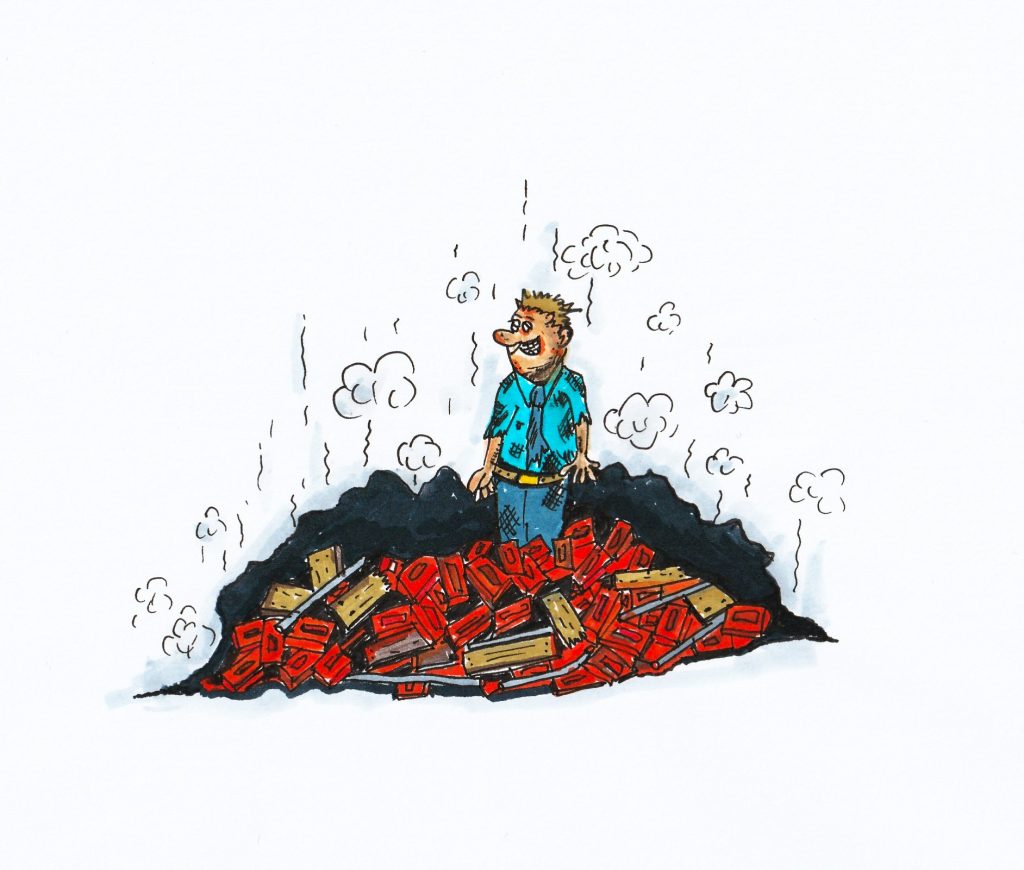There are increasingly credible signs that U.S. stocks may be heading into a deeper adjustment phase.
Here’s a breakdown of the key indicators and risks that suggest the current stumble could be more than a seasonal wobble. It’s just a hypothesis, but…
- S&P 500 clinging to its 200-day moving average: While the long-term trend remains intact, short-term averages (5-day and 20-day) have turned negative.
- Volatility Index (VIX) rising: A 7.61% surge in the 20-day average VIX suggests growing unease, even as prices remain elevated.
- Diverging ADX readings: The S&P 500’s ADX (trend strength) is weak at 7.57, while the VIX’s ADX is strong at 45.37—classic signs of instability brewing.
🧠 Sentiment & Positioning: Optimism with Defensive Undercurrents
- Investor sentiment is bullish (40.3%), but rising put/call ratios and a complacent Fear & Greed Index hint at hidden caution.
- Historical parallels: Similar sentiment setups preceded corrections in 2021 and 2009. We’re not at extremes yet, but the complacency is notable.
🌍 Macroeconomic Risks: Tariffs, Fed Policy, and Structural Headwinds
- Tariff escalation: Trump’s recent executive order raised effective tariffs to 15–20%, with new duties on rare earths and tech-critical imports.
- Labour market weakening: July’s jobs report showed just 73,000 new jobs, with massive downward revisions to prior months. Unemployment ticked up to 4.2%.
- Fed indecision: The central bank is split, with no clear path on rate cuts. This uncertainty is amplifying volatility.
- Structural drag: Reduced immigration and R&D funding are eroding long-term growth potential.
- 🛡️ Strategic Implications: How Investors Are Hedging
- Defensive sectors like utilities, healthcare, and gold are gaining traction.
- VIX futures and Treasury bonds are being used to hedge against volatility.
- Emerging markets with trade deals (e.g., Vietnam, Japan) may outperform amid global realignment.
- 🗓️ Seasonal Weakness: August and September Historically Slump
- August is the worst month for the Dow since 1988, and the second worst for the S&P 500 and Nasdaq.
- Wolfe Research reportedly notes average declines of 0.3% (August) and 0.7% (September) since 1990.
- Sahm Rule: Recession indicator.
Now what?
While the broader market still shows resilience—especially in mega-cap tech—the underlying signals point to fragility.
Elevated valuations, weakening macro data, and geopolitical uncertainty are converging. A deeper correction isn’t guaranteed, but the setup is increasingly asymmetric: limited upside, growing downside risk.





